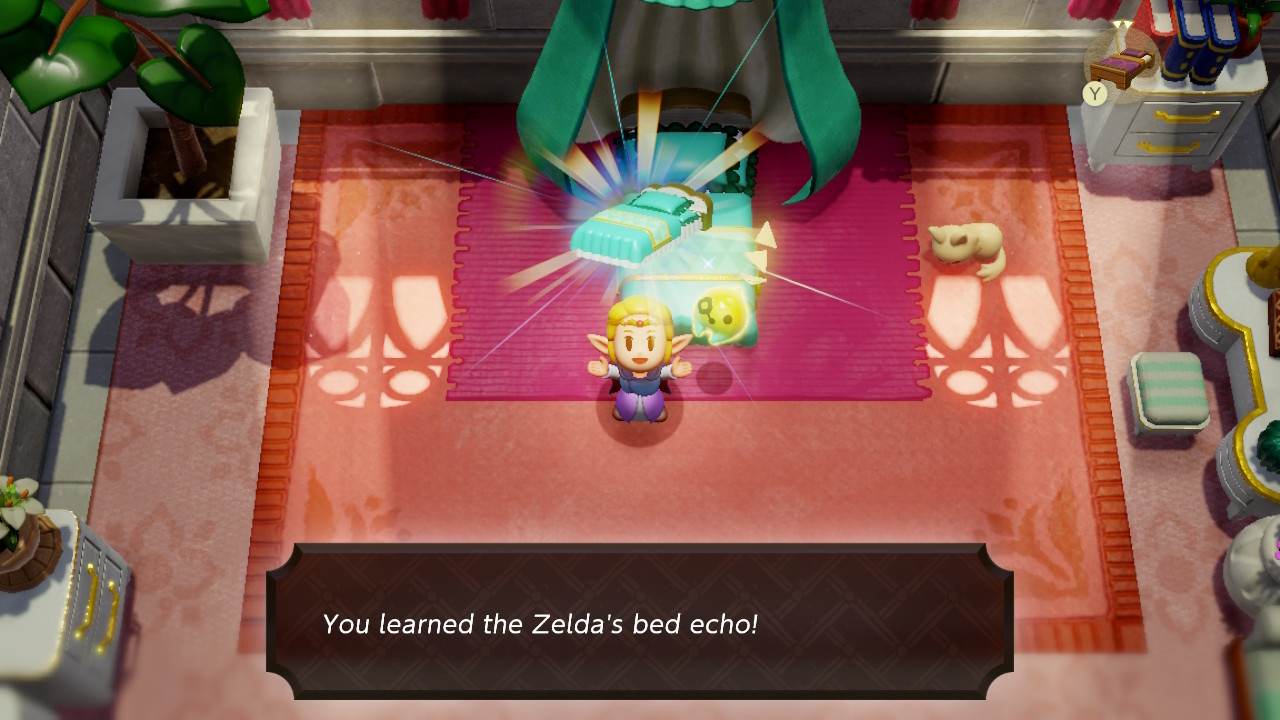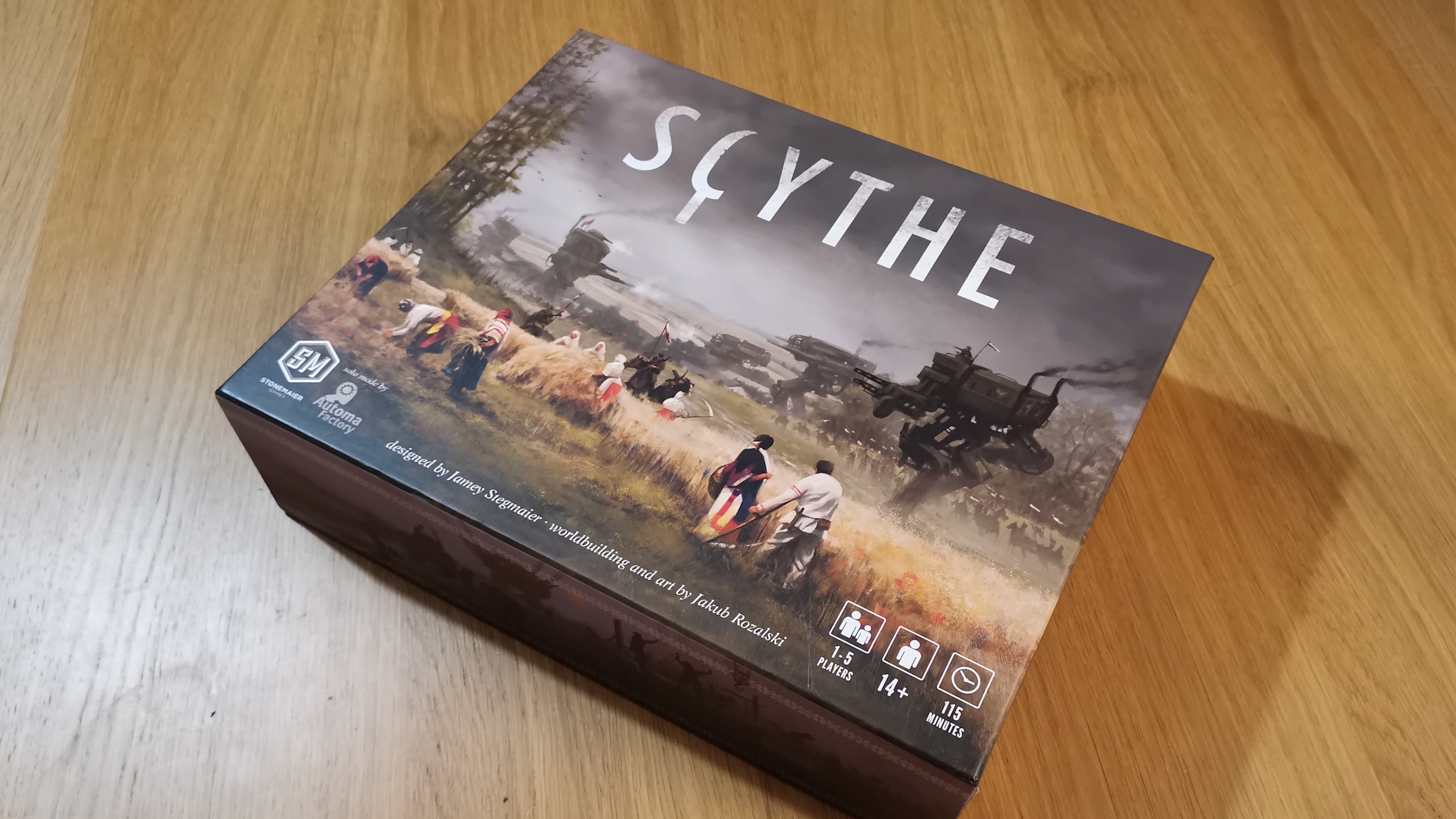GamesRadar+ Verdict
The Legend of Zelda: Echoes of Wisdom is a refreshing, albeit brief, series experimentation that blends modern and classic series elements. Using brand-new magic to battle and solve puzzles fits neatly into the top-down Zelda formula, despite some missteps.
Pros
- +
Zelda's magic leads to some of the series' best moments in years
- +
Dungeons are back, and their puzzles are a blast
- +
Amazing orchestral soundtrack
Cons
- -
Performance is spottier than the Link's Awakening remake
- -
Unwieldy menus can cause echo fatigue
- -
Momentum-stunting pacing and inconsistent plot
Why you can trust GamesRadar+
At its best, The Legend of Zelda: Echoes of Wisdom lets players go off script to create a-ha moments that Zelda games genuinely haven't seen before. Slotting a magician into the shoes of a longtime sword-and-shield hero is mostly amazing in action: convert longtime Hyrulian monsters to do our bidding, then manipulate the world to redefine where, when, and how we can go.
At its worst, Echoes of Wisdom runs out of good ideas too quickly; what could have been a classic 12-hour game instead slightly drags at the 18-to-20 hour mark. The results feel like a higher-budget take on the portable-first Zelda games of old – think Link's Awakening or Minish Cap. If you're looking forward to Legend of Zelda: Echoes of Wisdom, expect a modest helping of Nintendo-caliber adventure inside an interesting, albeit imperfect, balance between the familiar and the new.
Echoes and binds

Release date: September 26, 2024
Platform(s): Nintendo Switch
Developer: Nintendo, Grezzo
Publisher: Nintendo
We start with a Link fake-out. Don the usual green tunic, destroy monsters, and defeat the Zelda-kidnapping big-bad, Ganon. This intro loudly assumes we know classic Legend of Zelda archetypes in order to break them apart – much like how Zelda smashes her way out of a Ganon trap after, surprise, surprise, Link has been sealed away in the game's first few minutes.
The focus immediately shifts to Zelda, at which point we learn that Link's fate isn't isolated. Rifts have opened across Hyrule, and in some cases, the people trapped inside their time-frozen realm have been spat back into the real world as sneaky doppelgangers. The royal guard, including Zelda's father, is now in its evil era, demanding Zelda's imprisonment.
As Link's traditional gear (sword, shield, bow, bombs) has also disappeared, Zelda's only hope to free her subjects and save Hyrule is the Tri Rod, a gift from a Navi-like spirit named Tri. This tool activates the game's two core abilities: conjuring new monsters and materials, and "binding" (grabbing) existing ones. The former are known as echoes, and Zelda can add these to her spellbook whenever she first encounters any non-living material that Nintendo deems echo-worthy. Yes to things like pots and blocks of ice; no to rupees, bridges, or larger boulders. Zelda can learn how to make echo versions of nearly every enemy, who battle on your behalf, with larger, boss-sized monsters being an exception.
Yes, we were supposed to build a rickety bridge-ladder-thing over there.
You can spin up unlimited echoes, so long as you stay within whatever maximum number of points Tri can muster (this number goes up as Tri gains power). This is the primary limiting factor throughout Echoes of Wisdom. In traversal, you can only build so many parts to a makeshift bridge or ladder; make it too big, and the very first echo vanishes to restore your Tri points, thus collapsing your creation. In battle, one armor-clad, sword-wielding Moblin is the same as four wimpy, flying, homing-attack Keese. Each option is effective, and fun, for different reasons.
The bind function offers two ways for the Tri Rod to grab echoes and other objects in the wild. The first is a basic grab, with the object or echo following Zelda's movement. Need to lift and move something heavy, particularly if it could solve a puzzle or it's otherwise out of reach? Want to use an echo as a shield? Bind to it, even at a reasonable distance so long as you have line of sight, and you can move it. The second type of bind is best described as a "follow," as it lets Zelda tag along to an echo's default movement. If you want to follow a crawling spider up a wall or a moving platform across a gap, use the "follow" bind.
Weekly digests, tales from the communities you love, and more
That's a substantial combination of tools to play with on Echoes of Wisdom's canvas, and I could reliably expect satisfying rewards and feedback whenever I pushed the game to its magic-casting limits. Treasure lines the map's furthest reaches, tallest cliffs, and most hidden paths, always confirming that, yes, we were supposed to build a rickety bridge-ladder-thing over there. And the act of dropping ideal enemies in a frenetic battle comes with satisfying visual and audio feedback. Conjure an upgraded Lizalfos, then watch it insta-strike with a long spear, followed by a swift leap-dodge while staring your foe down before attacking again.
Can magic fix menus?

In its first few hours, Echoes of Wisdom teaches the Tri Rod's powers through a neatly choreographed range of linear and open-world quests. New echoes appear at a satisfying cadence, each opening up new reasons to flip through Zelda's collection and experiment, while dungeons focus Zelda's attention on puzzles where only a few echoes, and/or a clever use of the bind function, will lead to a solution. Figuring out what to conjure, bind to, move, and battle is a frequent Echoes of Wisdom delight – and knowing I could sometimes deal with a puzzle or battle in dozens of ways accentuated the choices I made.
But once my deck exceeded 60, I slammed into echo fatigue. This is due in large part to Nintendo's excruciating lack of echo sorting options. Players can't tap "like" on a favorite to quickly access it. They can't create smaller radial wheels of 8-10 grouped echoes (ie "combat," "traversal," "stealth," "fire," "ice") for easier reference. A few sorting options like "most used," "last learned," and "type" help a bit, but they just order the full echo roster in a left-to-right menu. Since Echoes of Wisdom revolves so heavily around this menu system, especially during combat, these extra seconds add up and get in the way – enough so that I eventually picked a few "good enough" echoes and spammed them for most of my adventure.

The last new top-down Zelda game, 2013’s A Link Between Worlds, tried refreshing the series with a wall-walk mechanic and other twists, but it ultimately felt too beholden to the past. Echoes of Wisdom hits a much sweeter spot between classic Zelda tropes and fully refreshed gameplay.
Not helping matters is the iffy AI attached to the echo monsters Zelda generates, which makes many of the available echo monsters either redundant or unappealing. In particular, targeting enemies with an echo often doesn't work. Echoes will "home" at their targets by rushing in a straight line, but if they take too long to attack, or bump into an immovable object like a wall or stone, they'll meander away in confusion. Zelda eventually unlocks a timer-limited way to transform into "swordfighter" mode – with Link's sword, shield, and a few boosted abilities – and in moments of echo frustration, it's easier to just turn into Link. I didn't love that conclusion as an occasional Echoes of Wisdom takeaway as instead of feeling rewarded for leaning into Zelda’s exciting new series identity, I took the easy Link way out.
The Hyrule in Echoes of Wisdom is largely defined by smaller-stakes stories spread across its landscape. Zelda and Tri are tasked with healing the biggest rifts breaking the land apart, and each has some kind of plot attached, usually defined by interpersonal conflict. These stories range from amusing and memorable (particularly a Zora village feud over musical instruments) to floaty and generic, and they might have landed better if Zelda and Tri's own journey had weight. I found myself surprised and crestfallen by how little redemption Zelda enjoys on her first-ever rise to magic-wielding, Hyrule-saving superhero. Spoilers aside, the ending left a bad taste in my mouth – perhaps because a lot of missions saw Zelda merely running from point A to point B, no clever puzzles or echoes needed, in order to read pages of unskippable dialogue. We learn much more about an abominable snowman named Condé and a cotton candy-obsessed village of Dekus than we do about Zelda's realized potential.
Zelda's awakening

The 3D engine that powered 2019's Link's Awakening remake has apparently been reused to build Echoes of Wisdom, and it doesn't add much new to that game's pleasing toy-world aesthetic. Traditional Zelda series biomes (lava, ice, desert, swamp) are reused with little in the way of exciting new visual trickery, while the game's framerate fluctuates often enough to be at best distracting and at worst debilitating in the middle of frantic action. The biggest positive exception is the Still World, a satisfyingly hallucinogenic space where Zelda and Tri must traverse and puzzle-solve to reach each of the game's dungeons. Nintendo should honestly consider making an entire game in the Still World, which slaps random terrain into floating, outer-space levels like something out of a Super Mario Galaxy fever dream.
If you like the Zelda series for music, Echoes of Wisdom may be worth buying just for its soundtrack. Its songs are careful to draw inspiration from classic Zelda leitmotifs while charting entirely new, surprisingly pleasant melodies in every single biome – and the full, live orchestration is top-notch. It's the game's biggest surprise by far; do not play this game on mute.
But nitpicking Echoes of Wisdom is easy, and I have others like arguably unsatisfying bosses who can be spammed with simple tactics instead of requiring clever echo use. Celebrating the game's most clever moments is trickier, whether because I want to avoid spoilers or because the possibilities inside Echoes of Wisdom's best puzzles, dungeons, and open-world sequences are truly so vast. The end result is as good of a compromise as I could imagine between the tight confines of a classic, top-down Zelda game and the wild, massive potential of something like Breath of the Wild.
After beating Echoes of Wisdom, I began dreaming of a sequel – one where monster and traversal echoes feel more differentiated, where echo menus work better, and where new limits on certain echoes might force more creativity. To the game’s credit, those thoughts came after many of my major Zelda series dreams had already been fulfilled: I got the top-down series remix I’d been dying for since 2013’s Link Between Worlds had only hinted at such ambitions. In all, Nintendo and Grezzo have pulled off a surprisingly refreshing retooling of the Link's Awakening engine. All hail Princess Zelda.
The Legend of Zelda: Echoes of Wisdom was reviewed on Nintendo Switch, with a code provided by the publisher.

Sam Machkovech is a freelance writer, editor, and consultant based in Seattle, WA. He has been writing about the intersection of art and technology since 1996, and he became a nationally syndicated video game critic before graduating high school. He has since written for American Airlines, Ars Technica, The Atlantic, Billboard, Edge UK, Game Developer, Polygon, The Stranger, and more, and he has appeared on programs including BBC World Service, Digital Foundry, Marketplace, and This Week in Tech. His favorite video game, by a longshot, is Picross 3D Round 2.



